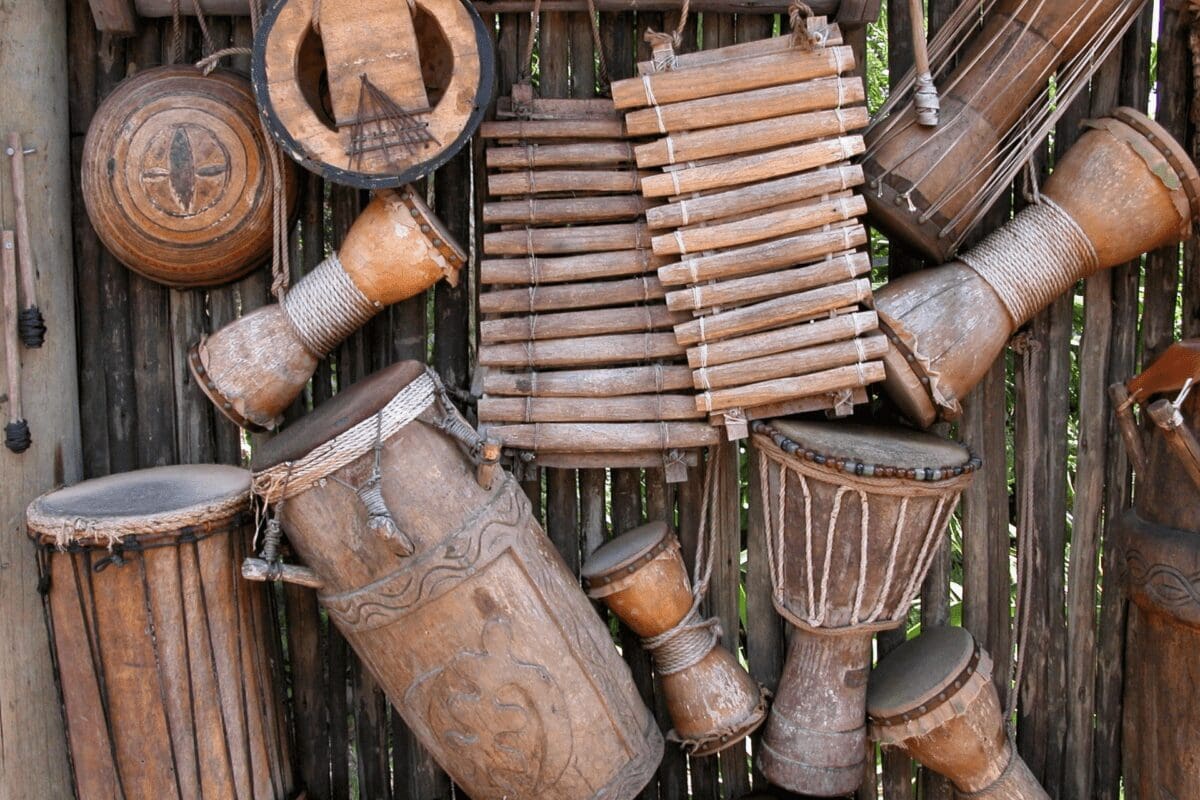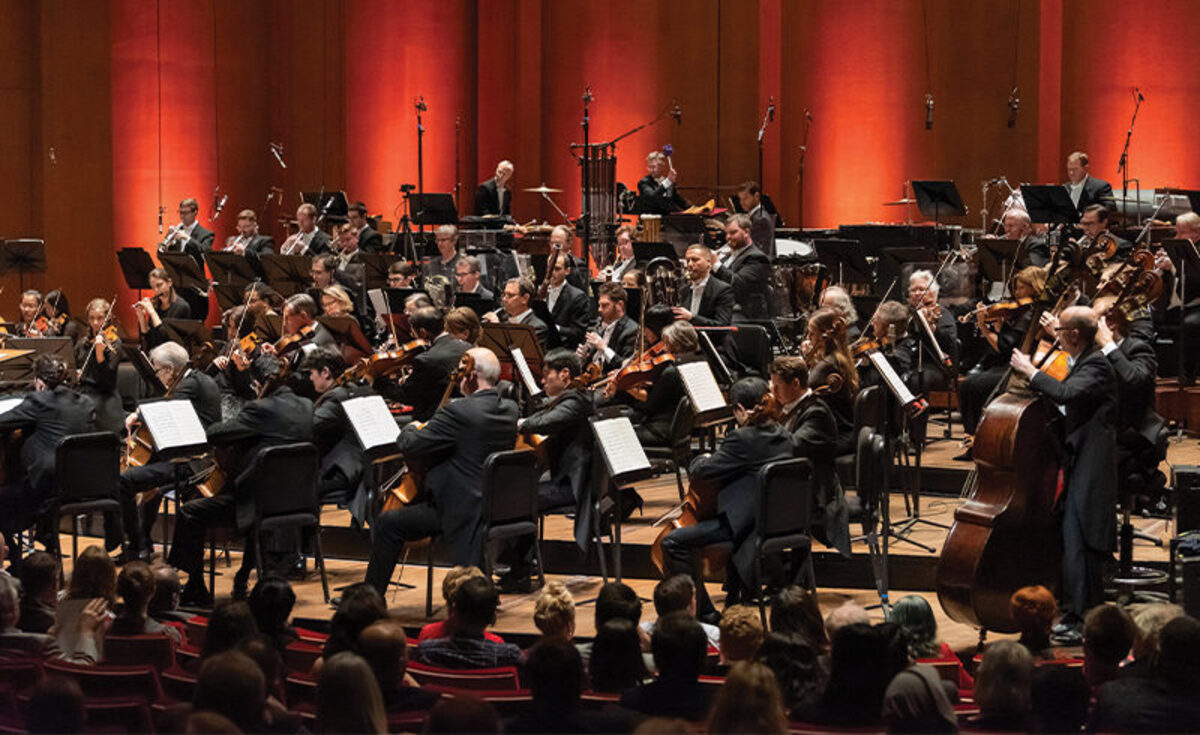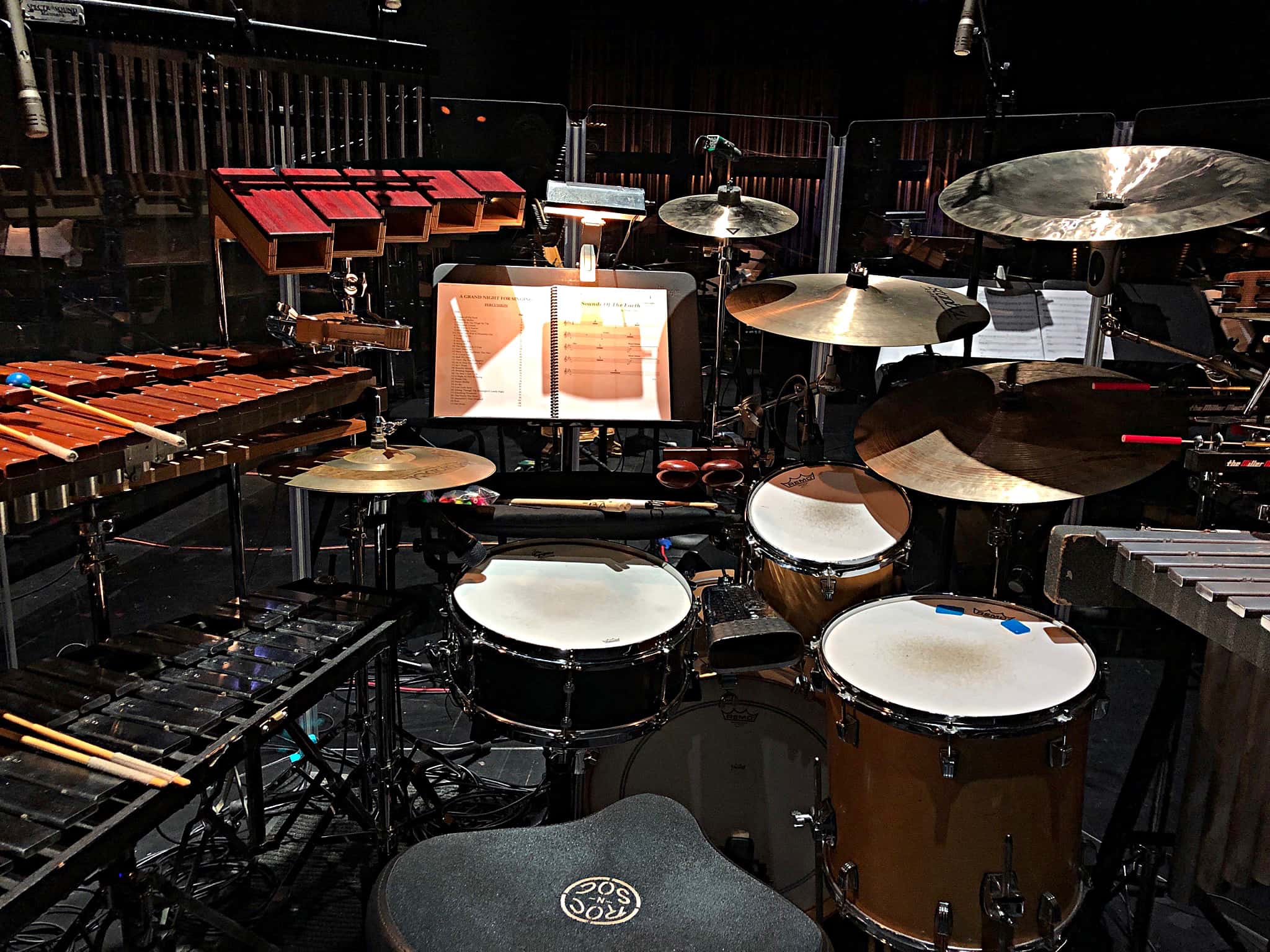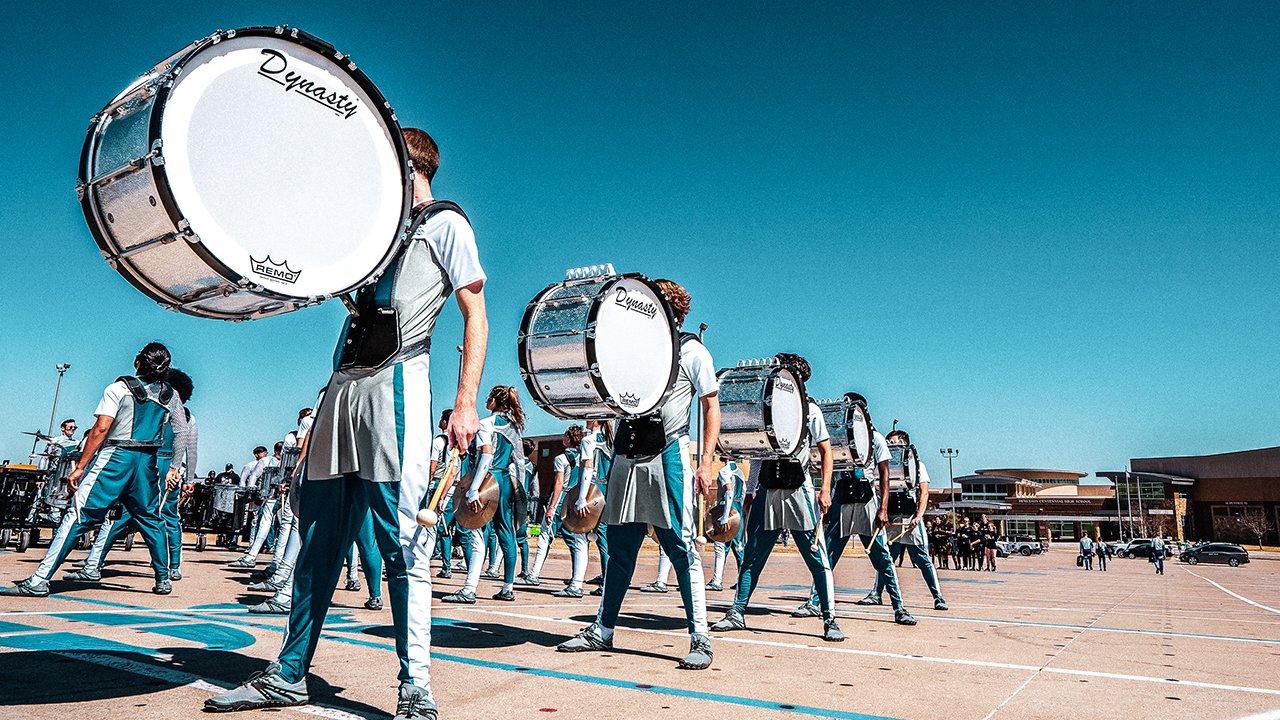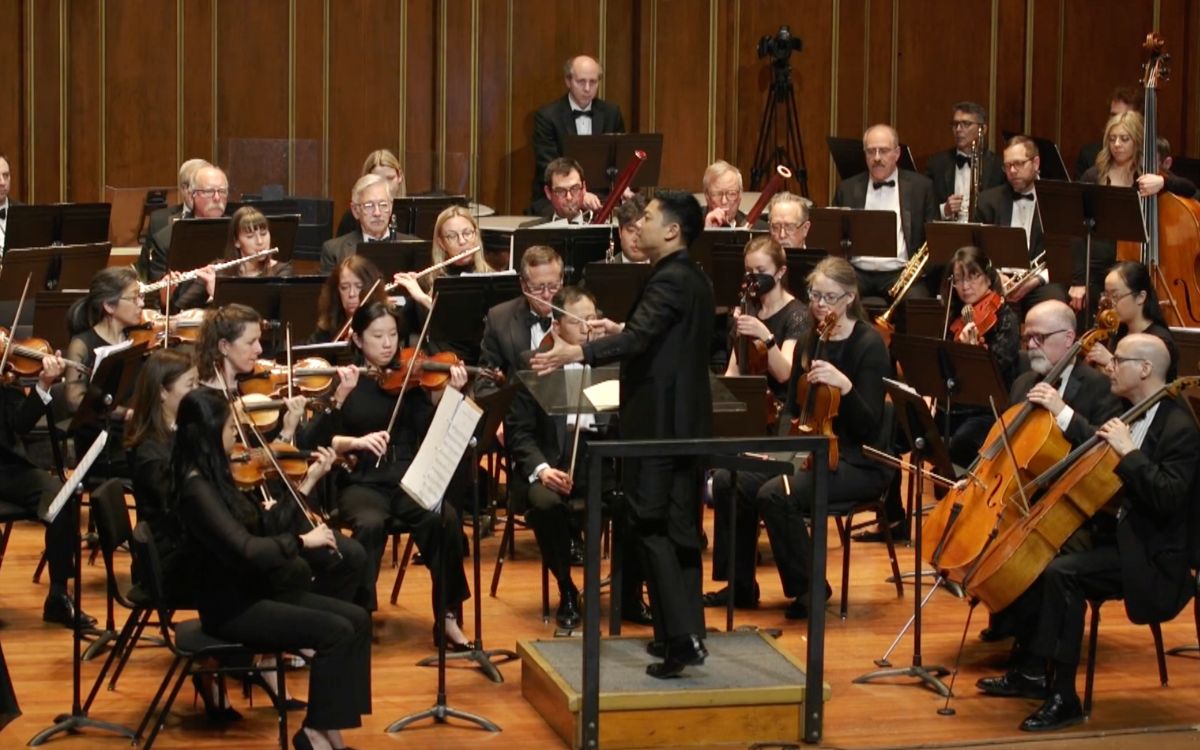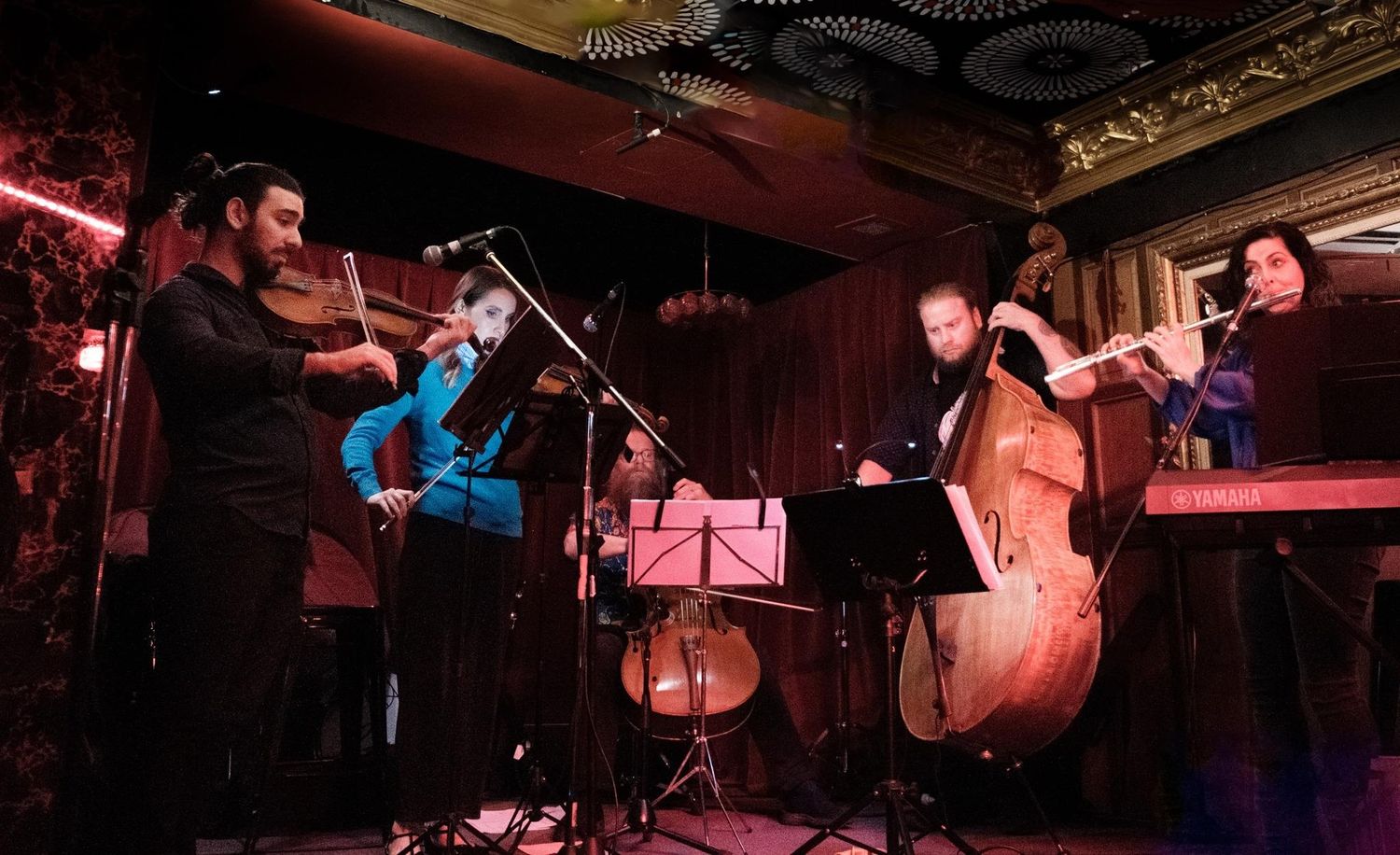Home>Events & Info>Chamber Music>How Does The Makeup Of Instruments Differ In A Chamber Music Group Marching Band And Orchestra?
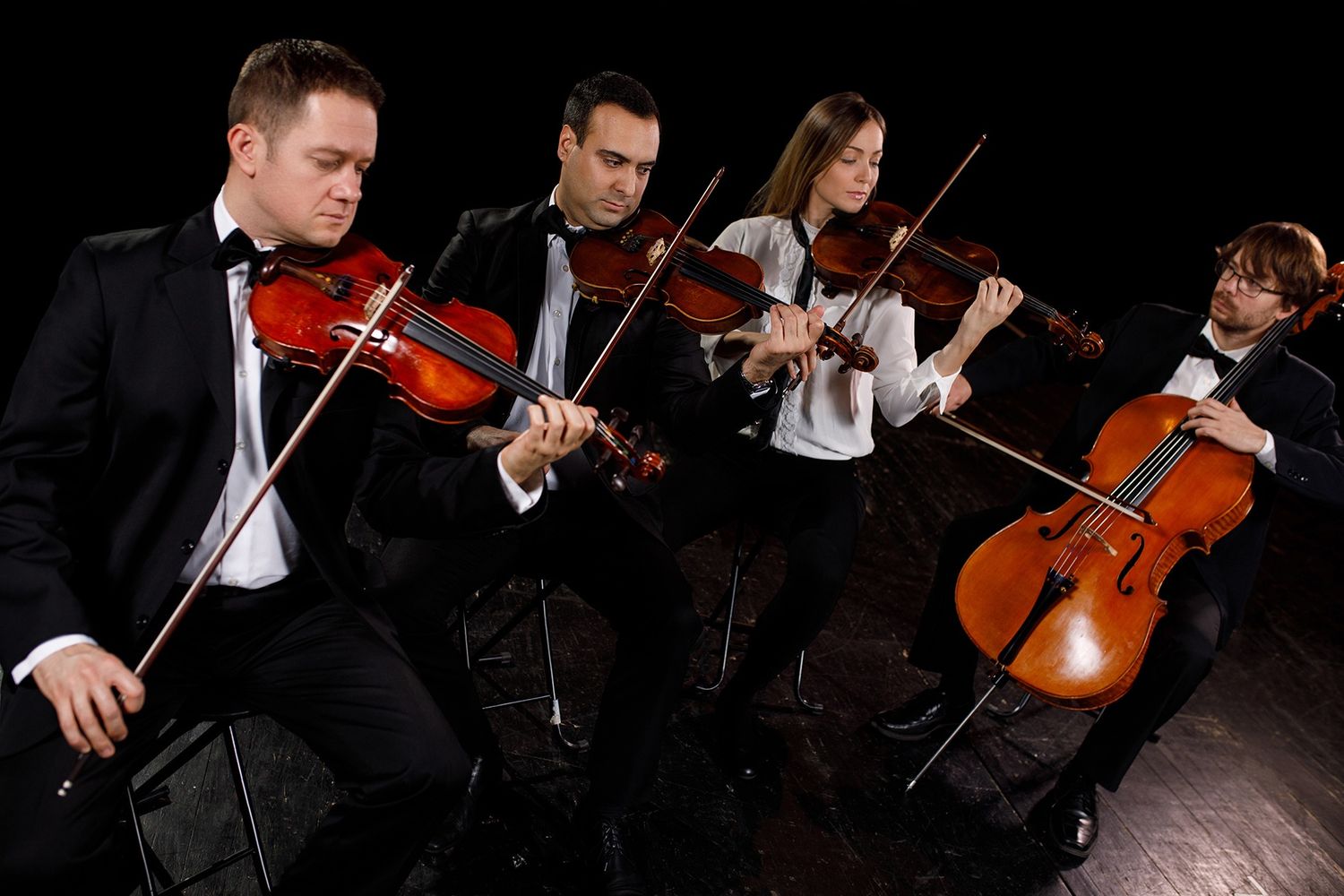

Chamber Music
How Does The Makeup Of Instruments Differ In A Chamber Music Group Marching Band And Orchestra?
Modified: February 24, 2024
Discover the unique makeup of instruments in chamber music groups. Explore the differences between chamber music, marching bands, and orchestras in this insightful article.
(Many of the links in this article redirect to a specific reviewed product. Your purchase of these products through affiliate links helps to generate commission for AudioLover.com, at no extra cost. Learn more)
Table of Contents
Introduction
Chamber music, marching bands, and orchestras are all ensembles that bring together a group of musicians to create beautiful music. While they share similarities in their purpose of performance, each group has its own distinct characteristics, including the makeup of instruments used.
Chamber music refers to a small ensemble of musicians who perform in an intimate setting, typically in a chamber or small concert hall. The repertoire for chamber music often includes compositions for small groups, such as string quartets, piano trios, and brass quintets. The emphasis in chamber music is on the interplay and dialogue between the musicians, allowing each instrument to be heard clearly.
A marching band, on the other hand, is a larger ensemble consisting of brass, woodwind, and percussion instruments. They perform outdoors, often during parades, halftime shows, or other marching events. The music played by marching bands is energetic and designed to be heard from a distance. The goal is to entertain and captivate the audience with synchronized movements, precise formations, and powerful sound.
An orchestra is a symphonic ensemble that typically consists of four sections: strings, woodwinds, brass, and percussion. It is larger than a chamber music group and can include up to 100 musicians. Orchestras perform in concert halls and can tackle a wide range of repertoire, from classical symphonies to modern film scores. The conductor plays a crucial role in coordinating the different sections and shaping the overall interpretation of the music.
Now that we have a basic understanding of each ensemble, let’s explore how the makeup of instruments differs in a chamber music group, marching band, and orchestra. Understanding these differences will not only help us appreciate the unique qualities of each ensemble but also shed light on the intricate dynamics and roles of the instruments within them.
Chamber Music Group
A chamber music group is characterized by its intimacy and close interaction between the musicians. Typically consisting of two to nine musicians, the ensemble focuses on intricate musical conversations and delicate nuances. The makeup of instruments in a chamber music group can vary depending on the specific composition being performed.
One common configuration is the string quartet, composed of two violins, a viola, and a cello. This formation allows for a balanced and rich sound, with each instrument having a distinct role. The violins often take the lead melody, while the viola provides harmonic support and the cello holds the bassline. This setup allows for intricate and complex musical interactions, with each musician contributing to the overall texture and expression of the piece.
In addition to string quartets, chamber music groups can also include other combinations of instruments such as piano trios, woodwind quintets, and brass ensembles. Piano trios typically consist of a piano, violin, and cello, while woodwind quintets include a flute, oboe, clarinet, bassoon, and French horn. Brass ensembles can range from small groups of three or four players to larger groups with trumpets, trombones, and tubas.
What sets chamber music apart is the level of communication and musical interplay among the musicians. Without a conductor, the performers rely on their collective interpretation and musical instincts to synchronize their playing. This requires a high level of listening and collaboration, as each player must be attuned to the subtle cues and nuances of their fellow musicians.
Due to the smaller size of the ensemble, chamber music performances are often held in intimate venues, allowing the audience to appreciate the nuances and details of the individual instruments. This close proximity between musicians and listeners creates a unique and intimate musical experience.
Overall, chamber music groups offer a platform for musicians to explore the intricacies of musical dialogue and expression. The smaller ensemble size allows for a deeper level of communication and collaboration, showcasing the unique qualities and capabilities of each instrument.
Marching Band
Unlike chamber music groups, marching bands are characterized by their energetic and dynamic performances, often seen at sporting events, parades, and halftime shows. The makeup of instruments in a marching band is carefully chosen to create a powerful and captivating sound.
Marching bands typically consist of brass, woodwind, and percussion instruments. The brass section includes trumpets, trombones, and sousaphones or tubas, while the woodwind section comprises instruments such as clarinets, saxophones, and flutes. These instruments produce a vibrant and melodic sound that carries well in outdoor settings.
The percussion section, which forms the backbone of the marching band, includes various drums such as snare drums, bass drums, and quad-toms. Cymbals, xylophones, and other auxiliary percussion instruments may also be included. The percussion section provides rhythm, energy, and accents to enhance the overall sound of the band.
In addition to the instruments, marching bands often incorporate color guard units, which consist of performers who use flags, rifles, and other props to add visual elements to the performance. The color guard movements and choreography are synchronized with the music to create a visually stunning show.
One of the defining features of a marching band is its precise and synchronized formations. The band marches in intricate patterns while playing, showcasing their musical and visual talents. This requires coordination and discipline from all members so that the formations are executed flawlessly.
The repertoire of marching bands includes a mix of popular songs, traditional marches, and arrangements of classical music. The music is selected to engage and entertain the audience, often with upbeat tempos and catchy melodies that encourage audience participation.
Overall, marching bands aim to create a high-impact performance that combines music, movement, and visual effects. The carefully chosen instruments and synchronized movements create a powerful and immersive experience for both performers and spectators.
Orchestra
An orchestra is a grand ensemble that brings together a wide range of instruments to create a harmonious and symphonic sound. It is often associated with classical music performances in prestigious concert halls. The makeup of instruments in an orchestra is carefully balanced to achieve a rich and diverse palette of musical colors.
The string section forms the foundation of the orchestra and typically consists of violins, violas, cellos, and double basses. This section provides the lush and melodic textures that are fundamental to orchestral music. The violins usually play the lead melodies, while the other string instruments support the harmonies and bassline.
The woodwind section includes instruments such as flutes, oboes, clarinets, and bassoons. These instruments add a delicate and expressive quality to the orchestra’s sound. The flutes provide a bright and airy tone, while the oboes and clarinets bring warmth and richness. The bassoon adds depth and richness to the lower registers.
The brass section consists of instruments like trumpets, trombones, French horns, and tubas. Brass instruments can produce powerful and majestic sounds, making them essential for creating drama and intensity in orchestral compositions. The trumpets often have prominent roles, playing fanfares and melodic lines, while the trombones add depth and character to the brass section.
The percussion section includes a wide variety of instruments, such as timpani, snare drums, cymbals, and xylophones. Percussion instruments provide rhythmic support, accents, and special effects to enhance the overall texture of the music. The timpani, known for its deep resonant sound, gives a sense of grandeur and adds dramatic impact to the orchestral performance.
In addition to these main sections, an orchestra may also include other instruments such as harps, pianos, and occasionally, electronic instruments or synthesizers for modern compositions. The inclusion of these instruments adds further depth and versatility to the orchestra’s sound.
An orchestra is led by a conductor who guides the musicians, shapes the interpretation of the music, and ensures coordination among the different sections. The conductor’s role is essential in maintaining a cohesive and unified performance.
With its expansive range of instruments, an orchestra is capable of producing a vast array of musical expressions. From delicate and intimate chamber-like passages to powerful and majestic symphonic sounds, the orchestra’s versatility and dynamic range make it a captivating ensemble.
Differences in Instrument Makeup
While all three ensembles – chamber music groups, marching bands, and orchestras – share the common goal of creating music, they differ in the makeup of instruments used.
A chamber music group typically consists of a small number of musicians, often specialized in specific instrument families like strings, woodwinds, brass, or percussion. The focus is on creating intimate and intricate musical conversations. The repertoire calls for a variety of combinations, such as string quartets, piano trios, and woodwind quintets. The smaller size of the ensemble allows for a deep level of communication, showcasing the unique qualities and capabilities of each instrument.
Marching bands, on the other hand, are larger ensembles designed for outdoor performances. They comprise brass, woodwind, and percussion instruments, with a heavy emphasis on the percussive section. The brass and woodwind instruments produce a vibrant and powerful sound that can project over long distances, while the percussion section adds rhythmic drive and accents. The repertoire often includes popular music, marches, and arrangements of classical pieces, tailored to entertain and engage the audience in outdoor settings.
Orchestras are grand ensembles that feature a wide range of instruments, organized into sections such as strings, woodwinds, brass, and percussion. The string section, consisting of violins, violas, cellos, and double basses, forms the backbone of the orchestra’s sound. Woodwind and brass instruments add depth and color, while the percussion section provides rhythm and accents. Orchestras have the largest instrument makeup among the three ensembles, often including additional instruments like harps and pianos. The repertoire encompasses a vast range of classical compositions and contemporary works, performed in grand concert halls.
Instrument makeup also influences the dynamics and roles within each ensemble. In chamber music groups, there is a sense of equality between the instruments, with each having its moment to shine. The performers rely heavily on their musical intuition and close collaboration to create a cohesive performance. In marching bands, the focus is on synchronization and visual impact, with the brass, woodwind, and percussion sections working together to create a powerful sound and captivating visual show. Orchestra performances require precision and coordination, with the conductor guiding the instruments and ensuring a unified interpretation.
Overall, the instrument makeup of chamber music groups, marching bands, and orchestras reflects their distinct purposes and performance contexts. From intimate and conversational chamber music to the energetic presentation of marching bands and grand symphonies performed by orchestras, each ensemble offers a unique musical experience shaped by the instruments at play.
Conclusion
Chamber music groups, marching bands, and orchestras all serve as vehicles for musicians to come together and create music. While their purpose is the same, the makeup of instruments within each ensemble distinguishes them and shapes the nature of their performances.
Chamber music groups excel in intimacy and intricate musical conversations, with a focus on the interplay between a small number of musicians. Marching bands, on the other hand, showcase powerful and energetic performances with a diverse array of brass, woodwind, and percussion instruments. Orchestras, with their grandeur and scale, present a wide range of sounds and textures through their comprehensive makeup of string, woodwind, brass, and percussion sections.
The size, the range of instruments, and the performance contexts of these ensembles allow for different musical expressions. Chamber music groups provide a platform for nuanced interactions, showcasing the unique qualities of individual instruments. Marching bands engage spectators with their visually impressive formations and energetic performances, incorporating a mix of instruments to create a powerful sound. Orchestras, with their vast instrument makeup, deliver grand symphonies and complex compositions in prestigious concert halls.
Each ensemble demands specific skills and dynamics. Chamber music groups require close collaboration and intuition among performers to create a cohesive musical dialogue. Marching bands rely on synchronized movement and precise formations to entertain and captivate audiences. Orchestras operate under the guidance of a conductor, who unifies different sections and interprets the music.
Understanding the differences in instrument makeup across these ensembles is crucial to appreciating their unique qualities. Whether it’s the intimacy of a chamber music performance, the pomp and energy of a marching band, or the grandeur of an orchestral symphony, each ensemble offers a distinct musical experience.
So, whether you find yourself mesmerized by the delicate interplay of a string quartet, moved by the powerful sound of a marching band, or enchanted by the symphonic magnificence of an orchestra, the beauty of chamber music, marching bands, and orchestras lies in their ability to bring together a diverse range of instruments to create music that resonates deep within us.

